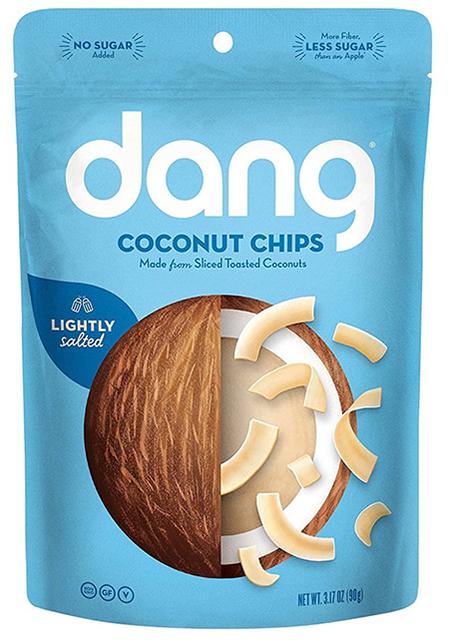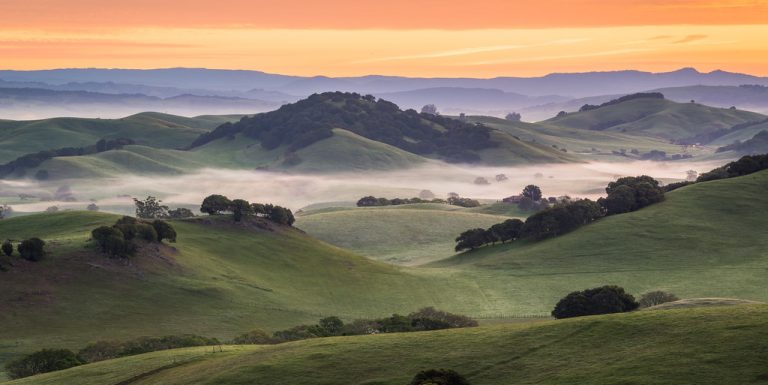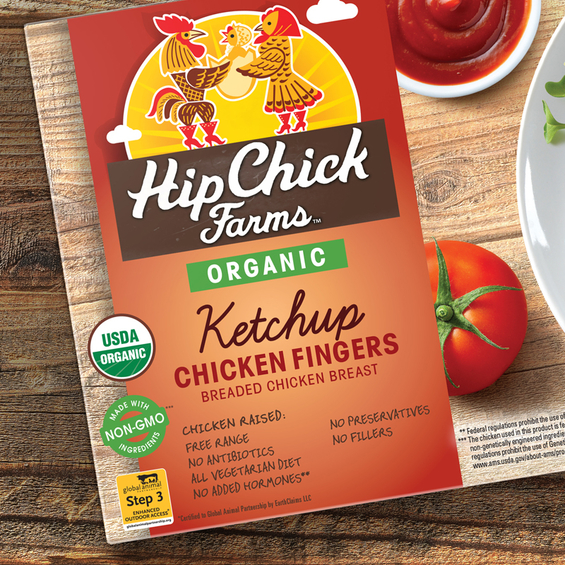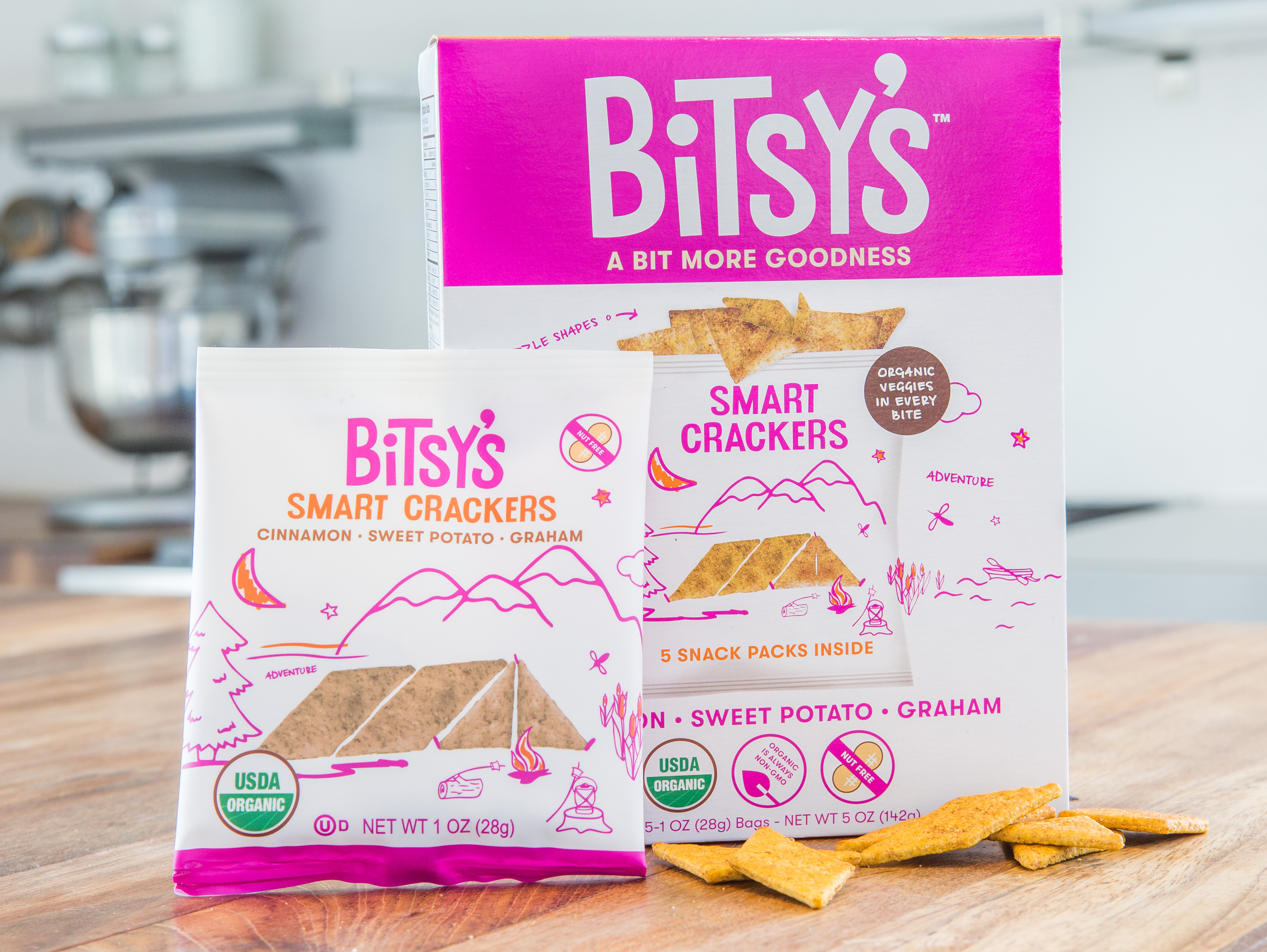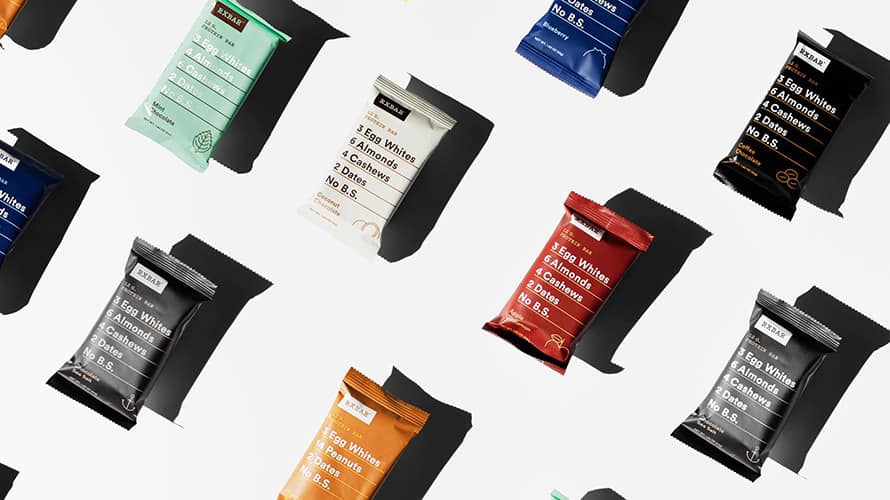
Can you make bread without yeast? Simply put: yes. Bread is one of humankind’s most widely consumed foods. Studies suggest humans began baking bread about 30,000 years ago and bread remains an important part of the human diet. The role of yeast in baking bread, however, was not clearly understood until much later. The invention of the microscope in the 17th century helped scientists see the molecular structure of yeast for the first time. Two centuries after that, Louis Pasteur confirmed that the “dust” on the surface of a wine grape’s skin was, in fact, the needed component to ferment the fruit into wine: yeast.
Brewing, especially of mead (honey wine) and later, beer, has roots in ancient Egypt. There, 5000 year-old hieroglyphs illustrate the importance of bread and brewing. But perhaps the most famous story of yeast (or the lack of it) comes from the Old Testament story of the Exodus, when Israelites speedily left slavery in Egypt, taking only unleavened bread with them, or bread that had not had time to culture with natural yeast.
Yeast is Wild
Yeast is all around us. It is a protective barrier on fruits (yep, that white film on grapes is yeast) and vegetables (it makes red cabbage look dusky lavender). In the garden, it acts as a natural bug repellent. It floats around in the air. It lands on apple juice, which launches a fermentation process that, bada-bing, bada-boom, produces cider. Yeast is as old as the hills. And, like many old things, modern science figured out a way to standardize yeast. Standardization, which separates the yeast from its growth agents, made yeasts and industrially baked products much more consistent but removed the local flavor that was endemic to a region. Fleischmann’s produces Rapid-Rise Yeast which does not need to be added to liquid and Active Dry Yeast which is designed to be dissolved before activating.
The Gold Rush was in 1849. And Today
Deftly balancing standardization with natural yeast production methods, San Francisco’s Boudin Bakery figured out how to make and market bread with a distinctly local flavor from the region’s wild yeast. A portion of the original “mother dough” (the sponge or starter that launches the fermentation process and gives bread its unique flavor) from 1849 is still alive today, adding local, gold-rush era character to every loaf that pops out of their many ovens.
Baking soda and baking powder can sometimes take the place of yeast. When mixed with acidic components such as lemon juice or vinegar, baking soda releases carbon dioxide which bubbles and acts as a leavening agent. Baking powder behaves similarly; it contains an acid that, when mixed with water and exposed to heat, releases carbon dioxide. Baking soda and baking powder are pre-mixed into flours labeled “self-rising.”
Bread Without Yeast is, well, Bread
To this day, numerous cultures bake – and revere – unleavened bread. India has naan. Tortillas made from corn date to the Aztecs in today’s Mexico. Tortilla’s regional spin-off, the arepa, is also a flatbread. Crackerbreads, focaccia, lavash , injera – every world region seems to have its version of unyeasted bread. To make homemade bread without yeast, you need only a bit of flour, some water, a hot cooking surface, and a bit of imagination. It may be ancient, but it’s that simple.

